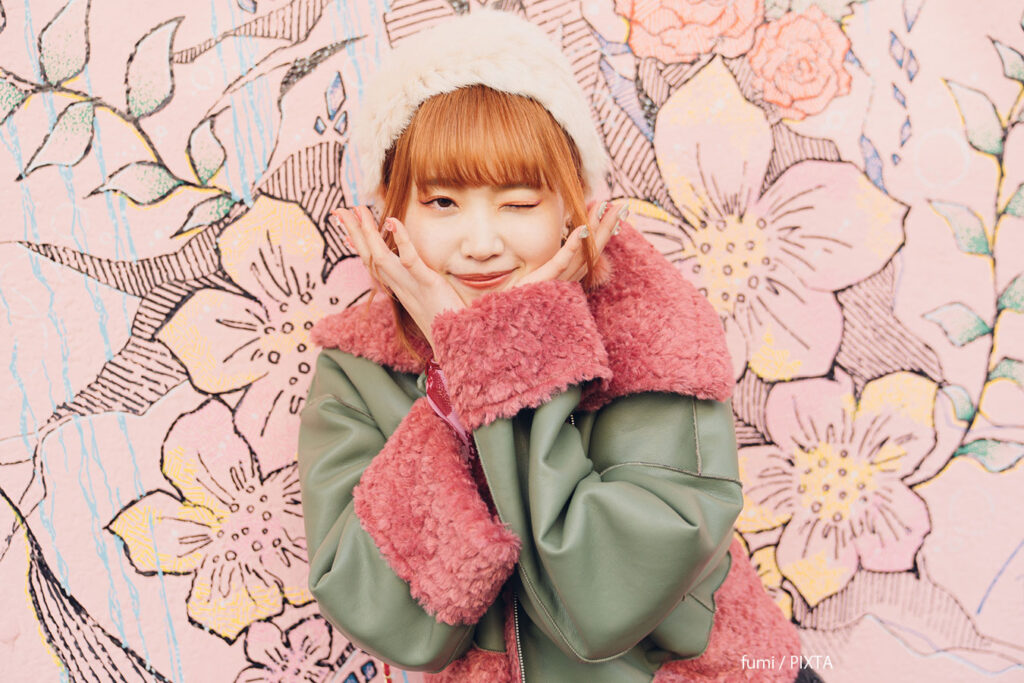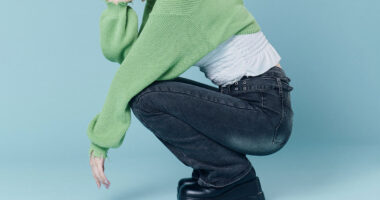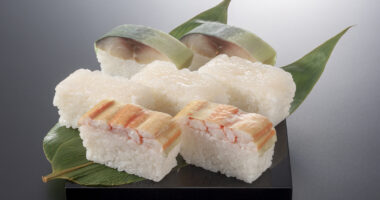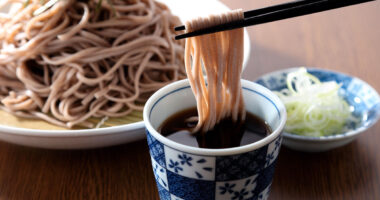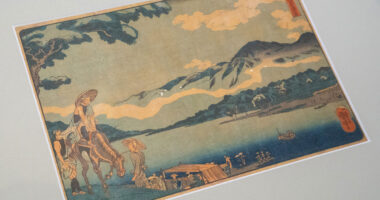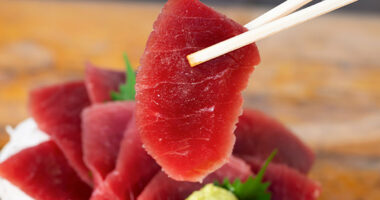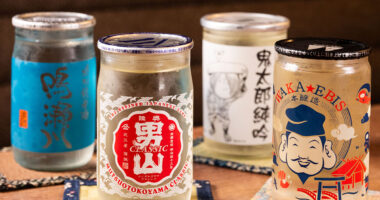For visitors to Japan, the word kawaii (cute) is a fascinating concept in Japanese language learning, transcending a mere adjective to embody a core cultural value. The word, now globally recognized, plays a central role in Japan’s pop culture and tourism industry.
This article explores kawaii’s basic meaning, cultural significance, and practical usage, offering clear insights to deepen your understanding of Japanese culture. We also cover its differences from English expressions and its diverse applications in modern Japan, enriching your tourism experience and interactions with locals.
Kawaii’s basic meaning and concept
Kawaii is a versatile Japanese word. Per the “Digital Daijisen,” it means “evoking a desire to cherish with affection” or “captivating with innocent, youthful charm.” Commonly used to describe objects that inspire beauty or endearment, it’s a staple of everyday expression.
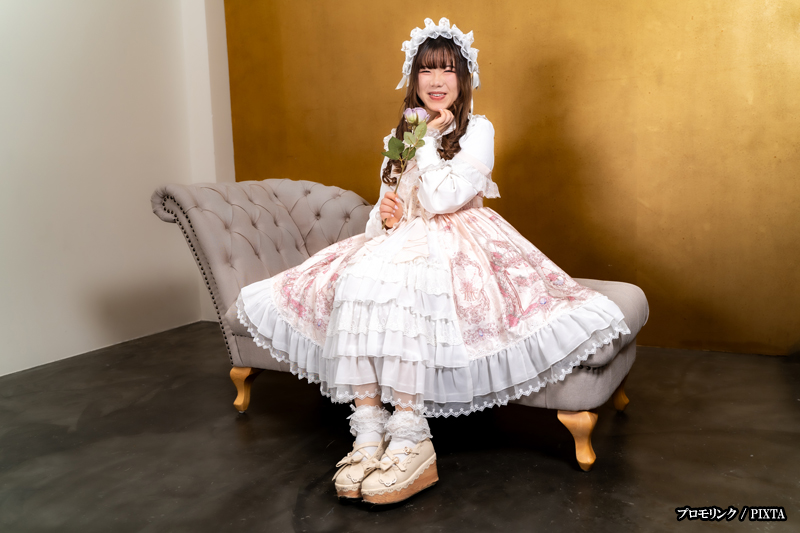
Photo for illustrative purposes
Kawaii’s etymology and history
The word kawaii traces back to the Heian period (794–1185) term kawayushi, originally expressing pity or sympathy. Over time, its meaning evolved, settling in modern times as an expression of charm and adorability.
From the Meiji era (1868–1912), Western influences shaped its development, but Japan’s unique kawaii concept flourished. From the late Showa era (1926–1989) to the Heisei era (1989–2019), it intertwined with youth culture, expanding into its current multifaceted form.
Kawaii’s diverse modern meanings
In contemporary Japanese, kawaii spans a wide range of meanings. Beyond physical cuteness or smallness, it describes personalities, behaviors, and even positive emotions, functioning as a versatile adjective.
Japanese people often use kawaii to express positive feelings or affection, a distinctive feature of their cultural expression.
Differences from English equivalents
In English, “cute,” “adorable,” “sweet,” or “lovely” approximate kawaii, but none fully capture its depth. “Cute” is the closest, yet kawaii’s cultural richness and versatility don’t align perfectly with any single English term.
For example, “adorable” suggests intense charm, “sweet” implies kindness or warmth, and “lovely” emphasizes beauty. Kawaii, however, can encompass all these, reflecting Japan’s unique aesthetic and cultural values across diverse contexts.
Kawaii’s role in Japanese culture
In Japanese culture, kawaii transcends aesthetics, influencing social values, behaviors, and even consumption patterns. It’s a key lens for understanding Japan’s cultural landscape.
Kawaii culture’s social impact
Kawaii culture, emerging in the 1970s, grew within youth culture and now resonates across all ages and genders. It shapes fashion, art, entertainment, product design, and marketing strategies.
In Japan, embracing kawaii items is socially accepted, even for adults, reflecting a unique cultural value distinct from Western norms.
Moe versus kawaii
Closely related to kawaii, moe (fervent affection) typically describes intense attachment to anime or manga characters, carrying a more specific, emotional connotation.
While kawaii is broadly applicable, moe is more niche, tied to subcultural contexts, though the two often overlap.
Gap moe and kawaii’s connection
Gap moe (charm from unexpected traits) refers to allure sparked by contrasts, like a cool person’s kindness or a mature individual’s childlike behavior.
This concept expands kawaii’s scope, incorporating personality and surprises into its charm, enriching cultural interactions for visitors.
Kawaii’s practical usage and expressions
Kawaii’s nuance varies by context and target. Mastering its use enhances natural communication and deepens cultural understanding.
Kawaii by target
Kawaii applies to people, animals, objects, and even abstract concepts, with few limits beyond personal perception. It describes babies, pets, small trinkets, food presentation, or charming behaviors.

Even food can be kawaii!
For people, kawaii can denote physical cuteness, personality, or endearing actions, like “Her smile is kawaii” or “His childish side is kawaii.” For objects, it highlights small size, adorable designs, or soft colors, common in Japan’s souvenir shops.
Kawaii as emotional expression
Kawaii is often used as an exclamation in Japanese, reflecting emotional reactions.
Beyond mere appearance, kawaii captures the speaker’s psychological state or affection, a hallmark of Japanese expression. It often signals deep fondness or admiration.
Usage tips for visitors
Using kawaii appropriately requires understanding Japan’s social and cultural context to avoid misunderstandings.
Appropriate use in social contexts
When using kawaii for people, consider your relationship, age, and their social status. Caution is needed with superiors or strangers, especially in business settings, where it might seem dismissive.
Among friends or peers, kawaii is freer but should be adjusted based on reactions, as preferences vary.
Gender and age differences
Women tend to use kawaii more, but men increasingly do so in casual settings. Usage declines with age, though older people often use kawaii for grandchildren or pets.
Avoiding cultural misunderstandings
Kawaii’s cultural specificity can differ from Western values, where “cute” may feel patronizing to adults. In Japan, kawaii is generally positive, even for adults, but sensitivity to the listener’s background is key.
Observe reactions during interactions to ensure respectful use, enhancing your cultural experience.
| Context | Appropriateness | Notes |
|---|---|---|
| Friend conversations | High | Consider recipient’s preferences |
| Tourist shopping | High | Natural for commenting on goods |
| Business settings | Low | Avoid in professional contexts |
| Older individuals | Moderate | Assess relationship and context |
Kawaii culture’s modern evolution
In modern Japan, kawaii has expanded into a social phenomenon, shaping various fields and enriching tourism experiences.
Pop culture connections
Japan’s anime, manga, and idol culture are deeply tied to kawaii, driving their global popularity. Character designs, with large eyes, small mouths, and soft expressions, embody kawaii aesthetics.
Tourism and kawaii
Japan’s tourism industry leverages kawaii through marketing, notably via yuru-kyara (mascot characters). These endearing designs, inspired by local products or sites, attract tourists. Meeting them offers a glimpse into Japan’s cultural fabric.
Kawaii’s global role
Kawaii is now a globally recognized Japanese cultural export, central to cultural diplomacy and soft power. It shines at international Japan culture events, drawing visitors eager to engage with this aesthetic.
Global adaptation
Kawaii’s global spread adapts to local cultures, considering religious sensitivities, color preferences, or design tastes. This flexibility highlights kawaii’s universality, bridging cultures and enriching visitors’ understanding.
Conclusion
Kawaii is a profoundly rich and versatile Japanese expression, reflecting aesthetics, values, and emotional nuances. For visitors, understanding kawaii unlocks richer experiences, from souvenir shopping to conversations.
Proper use fosters meaningful interactions and cultural insight. As a living concept, kawaii will continue to evolve, shaping global culture and making it a highlight of any Japan visit.
